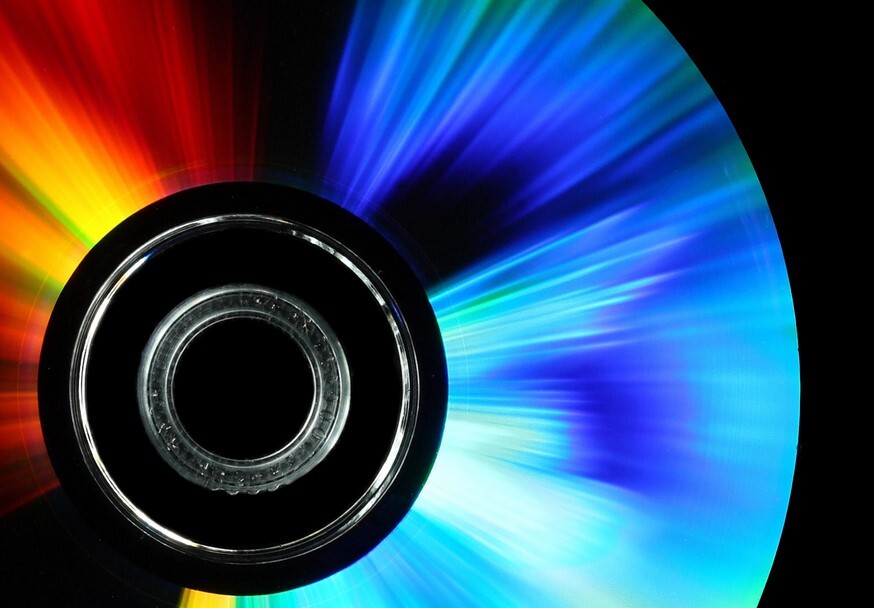Researchers are using high-speed lasers to create 5D data storage technology that would allow 500 TB of data to be stored on a glass disk the size of a CD.
In 5D optical storage the storage method is three layers of small dots of a size on the nanometer scale. The position, size and orientation of each point is part of its way of storing data, and each of them changes the polarization of the light that travels through the disk: the data reading consists of a microscope and a polarizer that perform that task.
This type of 5D optical storage was tested before, but there were a number of problems, particularly the slow write speeds made the technology impractical. However, it has great advantages for long-term storage.
It has been estimated that this type of storage could withstand temperatures of up to 1,000 degrees C and last for 13.8 billion years at room temperature without degrading.
To overcome the speed problem, the researchers used a femtosecond laser with a high repetition rate. Instead of writing directly on the glass, they used lasers to produce a phenomenon called near-field enhancement, which creates tiny structures using a few weak pulses of light. This can be used to enhance the circular voids generated by a more powerful single pulse “microburst”. This technique “minimized the thermal damage that has previously been a problem.
Using the new technique, the team was able to write 5 GB of text data onto a silica glass disk the size of a conventional CD with almost 100 percent read accuracy.
With today’s write speeds you could fill a 500TB drive in about 60 days. That could provide a way to back up a lot of valuable data, and forever.
“With the current system, we have the ability to preserve terabytes of data, which could be used, for example, to preserve information from a person’s DNA,” said research team leader Peter G. Kazansky.
Source: PART






